
The building of the Federal Assembly is a monument to normalization!
“Socialist” architecture behind the lectern and in practice - a look back at Crossroads
“The Federal Assembly building is a monument to normalization!” – thus categorically and evidently not as a sympathizer of the said object expressed media expert on the history of architecture Zdeněk Lukeš some time ago. The project, however, was created in 1966 (therefore before the start of normalization), ideologically it was supposed to support the revival of parliamentarism in the then Czechoslovakia, dominated by the Communist Party, and the metal pylon in front of the building was to bear a sculpture commemorating Jan Palach – specified at the Crossroads of Architecture conference Rostislav Švácha, our indisputable authority for modern and contemporary architecture, noting that the building also has a number of remarkable and period-unique technical details.This already suggests how much ignorance, inaccuracies, misleading abbreviations, mistakes, and misunderstandings the discourse on Czech “socialist” architecture, that is buildings from the period 1948 – 1989, brings. Mainly for this reason, this period of our architectural and urban development was chosen as the theme for the 5th year of the Crossroads of Architecture conference. It took place on June 13, stylishly precisely in the Federal Assembly, now the new home of the National Museum.
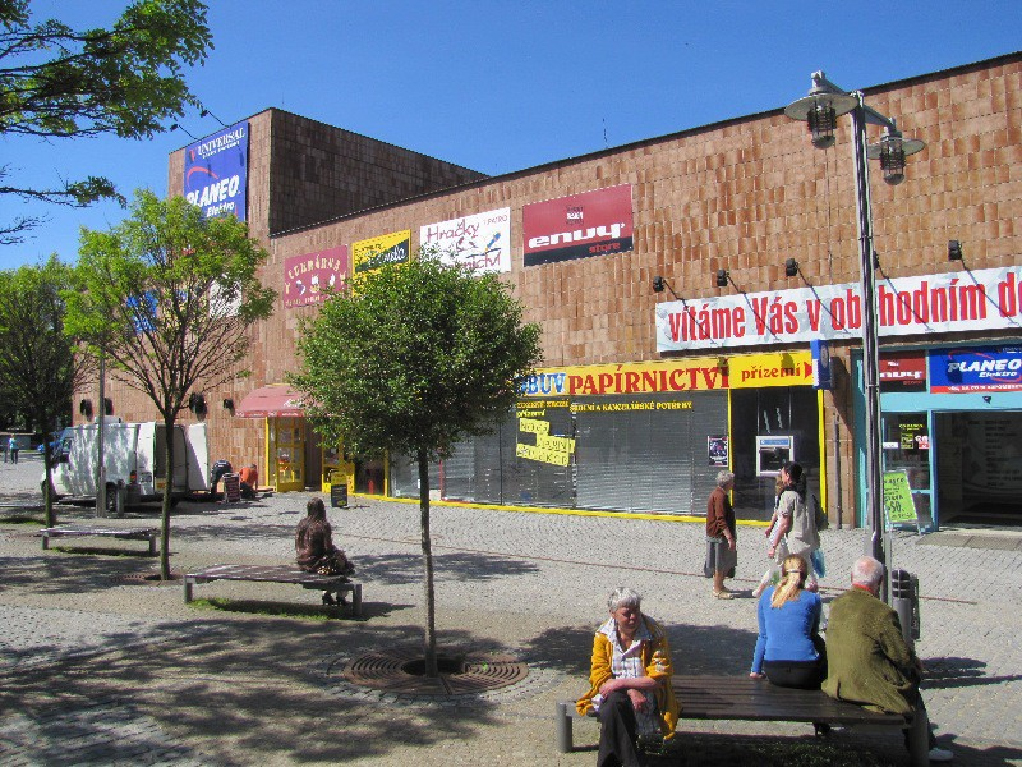 |
Theory and practice
Demolish as a reminder of a generally rejected historical epoch? Preserve as an irreplaceable historical document? And most urgently: what to do with it in practical, everyday life? The conference titled “Architecture with a Red Star without Stigmas and Prejudices” absolutely did not bring definitive answers to these questions – not surprisingly. First and foremost, however, it convincingly documented that it is by no means a homogeneous collection of buildings; on the contrary, it is very diverse – from functionalism and sorel to machinism to brutalism and modernism. It also showed that even at that time, Czech architecture was part of the global development of the field. Names such as Pleskot, Prager, or Rajniš were already attracting attention “in the world” back then, and in some cases, perhaps the works of them and other Czech architects served as a model and inspiration abroad.
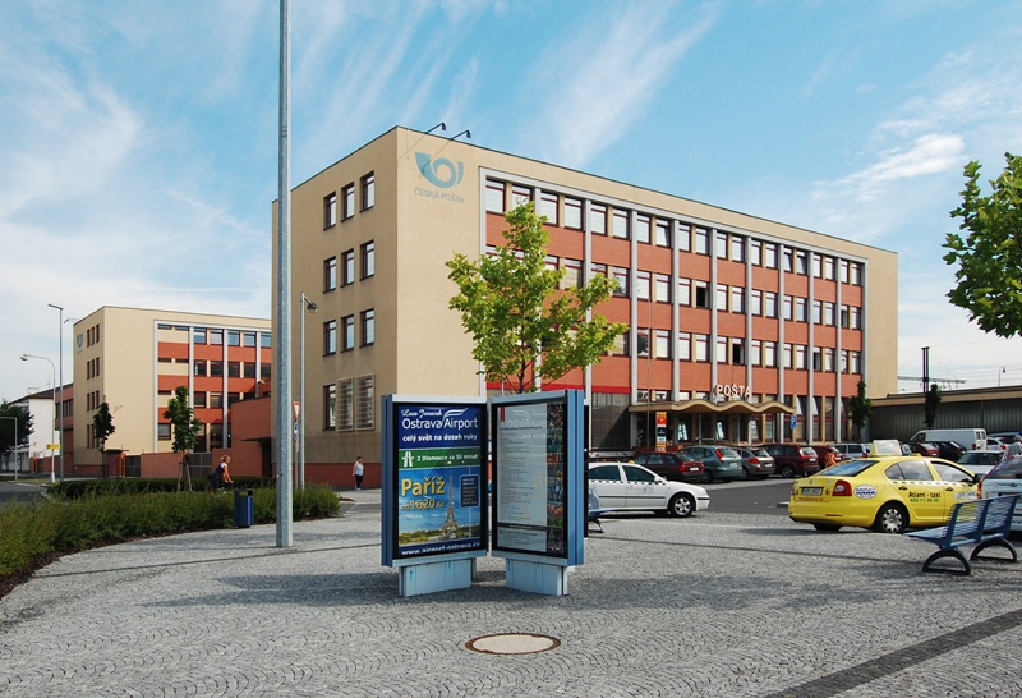 |
While there are no particular discrepancies between professionals and the informed public in this respect, the situation is entirely different with the practical approach to buildings from the mentioned period. It seems that in this area, the “department,” i.e., the academic, scientific, and administrative (heritage protection) community, does not quite agree with “practice,” i.e., local government, builders, and owners. The former would often and preferably preserve everything without a single, even the smallest, intervention. The latter, faced with reality, must consider not only historical and aesthetic dimensions. In the life of Czech cities, there is indeed much more at stake – naturally finance, property relations, public opinion, and ultimately the local government, and especially the specific needs of the municipality or locality where the “socialist” building is located. And also, to a greater extent than art historians, the fathers of our cities perceive the social context, respectively, public opinion.
Document of the era or proof of a crime?
“The International is a slave copy of Moscow's Stalinist skyscrapers. Behind them, perhaps, there was some honest idea; however, the International is merely an ideological monstrosity. The building is not worth protecting; only some details as evidence of top-notch artistic craftsmanship deserve protection,” says architect Michal Šourek, whose MS atelier carried out the first post-revolution reconstruction of this most likely the most famous building from the so-called sorel period, i.e., the period of socialist realism in Czech architecture. “Socialist realism, however, was never precisely defined as a style or movement, so that the Communist Party could use it as a club against inconvenient works and people,” illustrates the then conditions in artistic creation M. Šourek and their socio-political contexts.
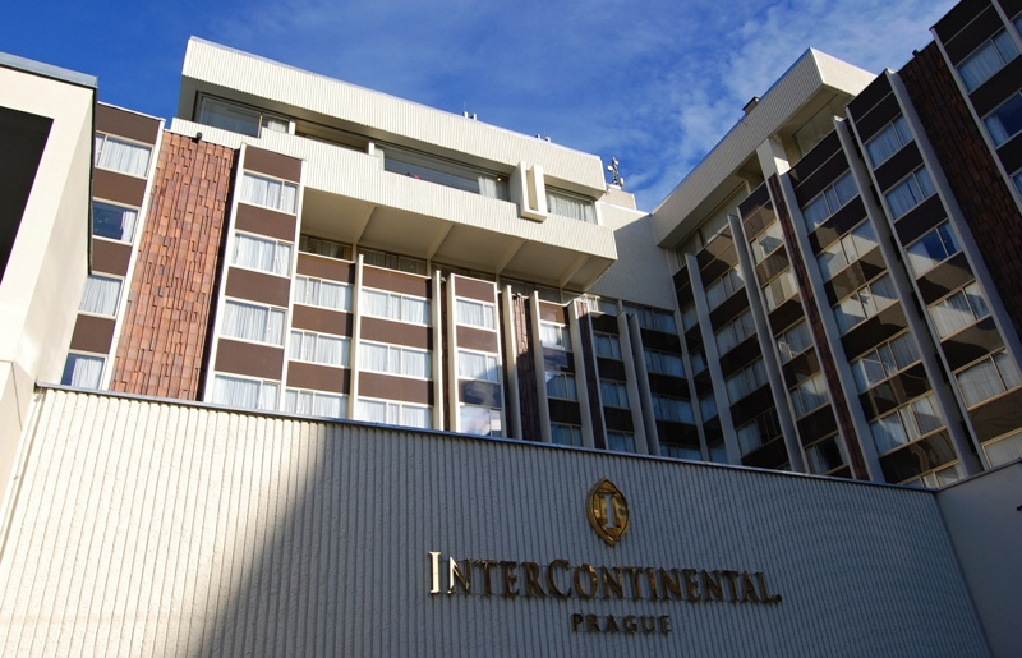 |
“The city is a text, a space full of symbols. Buildings and their arrangement are a presentation of its past,” points out Slavomíra Ferenčuhová from Masaryk University in Brno. But what to do when it comes to documents of negative, rejected, or even criminal history? S. Ferenčuhová points out that practical solutions to this problem come in many forms. Immediately after historical upheavals, a kind of disinfection of the urban landscape usually occurs, period names and monuments disappear, the buildings themselves are sometimes even masked (huge billboards covered the Warsaw Stalinist Palace of Culture for many years), and of course, they are also demolished – but this is usually driven more by economic practice than societal and political reasons.
The described approach, however, is not universal. For example, traditionally left-leaning Ostrava has made its sorel into official architecture (and simultaneously, all local “promo materials” miss architecture from the definitely more valuable years of the 60s and 70s). Over the years, sorel buildings have again become the object of “commodification” in tourism in many places. S. Ferenčuhová pointed out that such a marketing approach is a consequence of changes in the interpretation of the socialist epoch of Czech history. The younger generation simply perceives the negative connotations associated with it, mostly just theoretically. And in debates about the fates of various buildings, over time, the theoretical front advocating for the preservation of architectural heritage is also increasingly coming to the forefront. Sometimes, however, too late.
A Missed Case: Uran
“For the first time in my life, I felt what it is like to be blackmailed!!” – thus emotionally introduced her presentation at the conference Hana Moudrá, the mayor of Česká Lípa. What was it about? About a truly unique and remarkable building, the “socialist” department store Uran, designed by architect Emil Přikryl. Uran still serves its original purpose, although not optimally; its owner therefore wants to demolish it and replace it with a more modern and timely-compatible building. The announcement of such a plan, however, led to the creation of a movement of historians, architects, and civic activists for its salvation, and everyone turned mainly to local government. “Yet the owner had a demolition order in hand at that moment!” – stated the first lady of Česká Lípa.
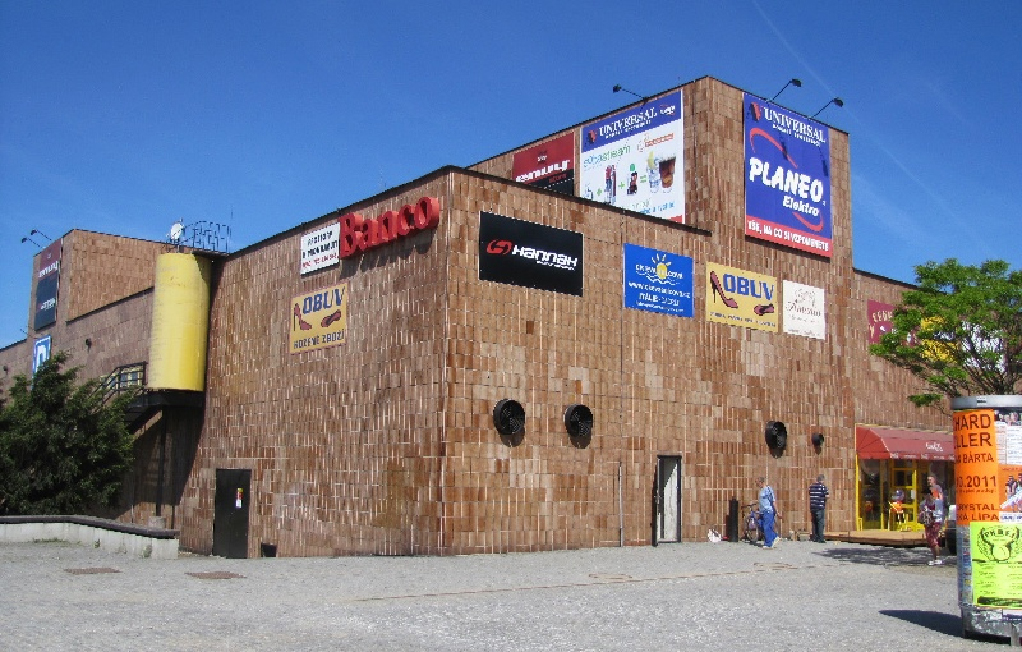 |
Whether explicitly or indirectly, two basic criticisms toward the theoretical front and the state emerged from her exposition. What is worthy of preservation (and Uran, even though today distorted by advertising decor, certainly is) should have long been mapped (then the mentioned situation could not have occurred), and if the state insists on the protection of a specific building, it must support its owners (meaning materially): “If we want something from the owners, we must create conditions for them to meet our demands!”
The owner is not a criminal
“We must get rid of the prejudice that the owner is some sort of scoundrel!” – taking a somewhat different angle on the Uran case, Cyril Vltavský from the Ostrava City Hall interjected. One of those dealing with such problems in practical life, under specific social and economic conditions, not in lecture halls. The main architect of Ostrava definitely therefore emphasized the importance of collaboration between the city or state and owners, and the necessity to find a new, sustainable function for each protected object. At the same time, somewhat maliciously, he suggested that for buildings that, according to theorists, had undergone inappropriate remodeling, both the names of the original authors and also the architects responsible for such a reconstruction should be indicated, for which the blame is typically placed on the owner, the state, or the municipality.
From another perspective, Jana Dvořáková from the Ministry of Culture pointed to a problem in the perception of protecting architecture from the socialist era: “Protection is difficult to achieve; the public does not perceive these objects as old enough. For buildings that were created two centuries or more ago, the mere existence is already an argument for preservation, the fact that they have survived. This aspect or argument is, however, lacking in these cases.”
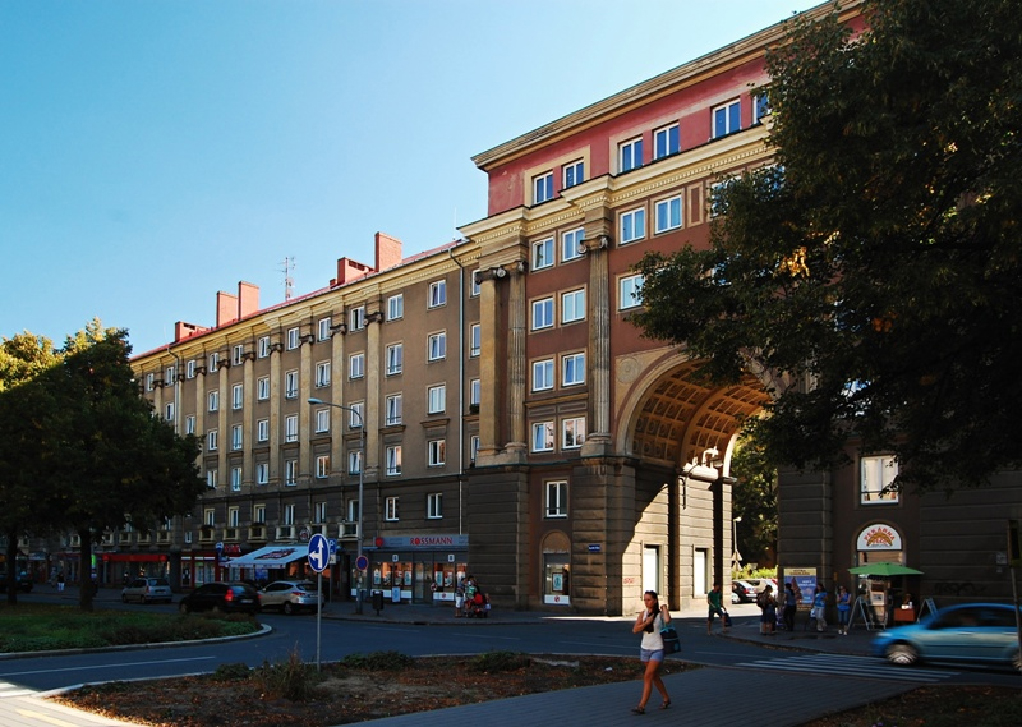 |
State administration and local government will clearly struggle with the issue of protecting buildings from the mentioned period for a long time to come. It will be interesting to see how they cope with the Uran case. The owner, as reflected in C. Vltavský's statement, although he could already demolish, is currently holding off on demolition.
Concrete Workers for a Good Cause
Architecture from 1948 – 1989 is evidently a live topic. The conference proved this not only through the contributions of the speakers but also through the totally filled auditorium, which, unlike other similar events, remained in their seats until the very end. Among the attendees were primarily representatives of heritage protection, local government, and also architects; unfortunately, Czech development was absent.
The relevance of the theme was also proved by a not very large but telling list of sponsors, without whom such events cannot do without. First and foremost, the Crossroads of Architecture was supported this year, just like last year, by the Ministry of Culture. Deputy Minister Anna Matoušková also emphasized in her presentation that the protection of architectural heritage, as an important source of understanding our history, is a paramount concern and responsibility of the state – and it is good that the ministry also includes support for expert discussion.
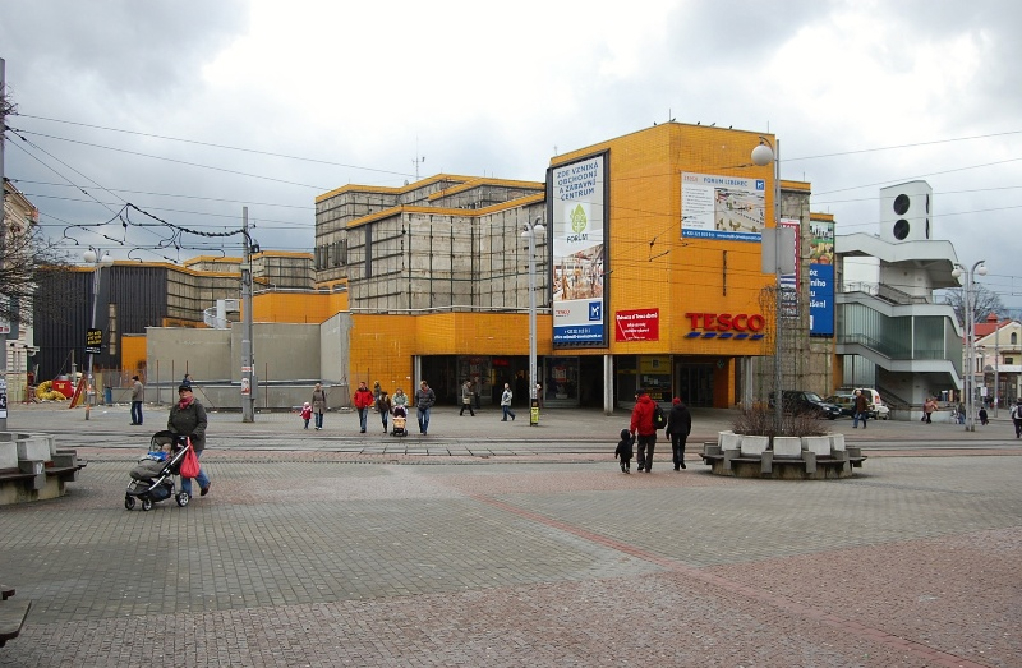 |
Even more recognition deserves the second partner of the event, the company Beton Brož. In the spirit of traditions, they had the opportunity to enjoy their “star moment” during the conference, however, the perspective and humor of the presentation of the company's remarkable assortment evidenced that evidently the prosperous Moravians were evidently more interested in supporting a good cause than in a utilitarian presentation of the company. The attitudes of professionals and the public towards such complex and complicated phenomena, which undoubtedly includes Czech architecture from the socialist era, are also formed in such forums as this year's Crossroads of Architecture. Therefore, the organizer, the company ABF (which cooperated with the Construction Forum in the preparation of the event), deserves wishes for the favor of such sponsors as Beton Brož in the future years of the conference.
Photo by Českolipský deník, NG, Jakub Potůček
Author: Petr Bým, Stavební fórum
The English translation is powered by AI tool. Switch to Czech to view the original text source.
1 comment
add comment
Subject
Author
Date
Intercontinental x Internacional
Jan Brejcha
26.06.13 12:47
show all comments











